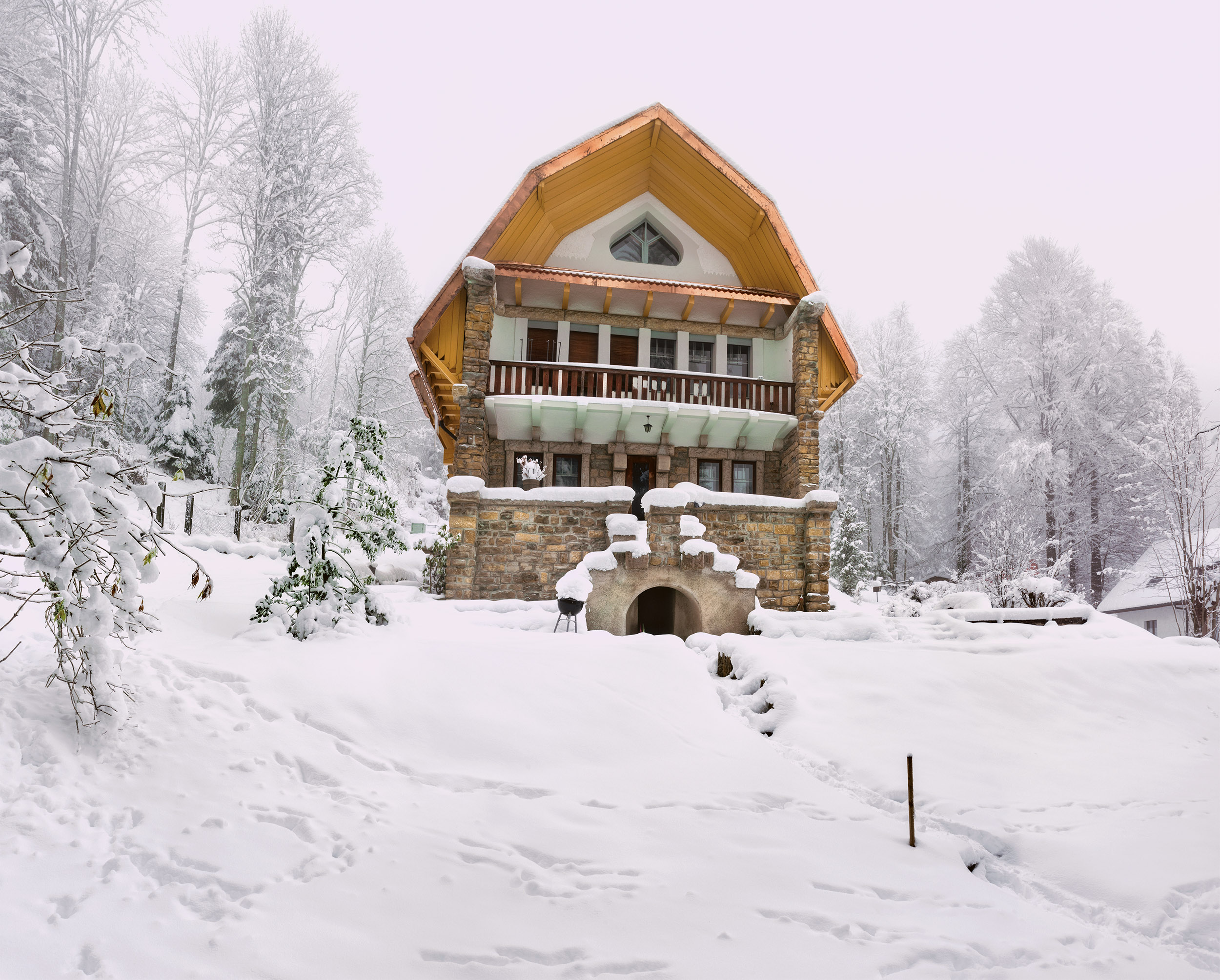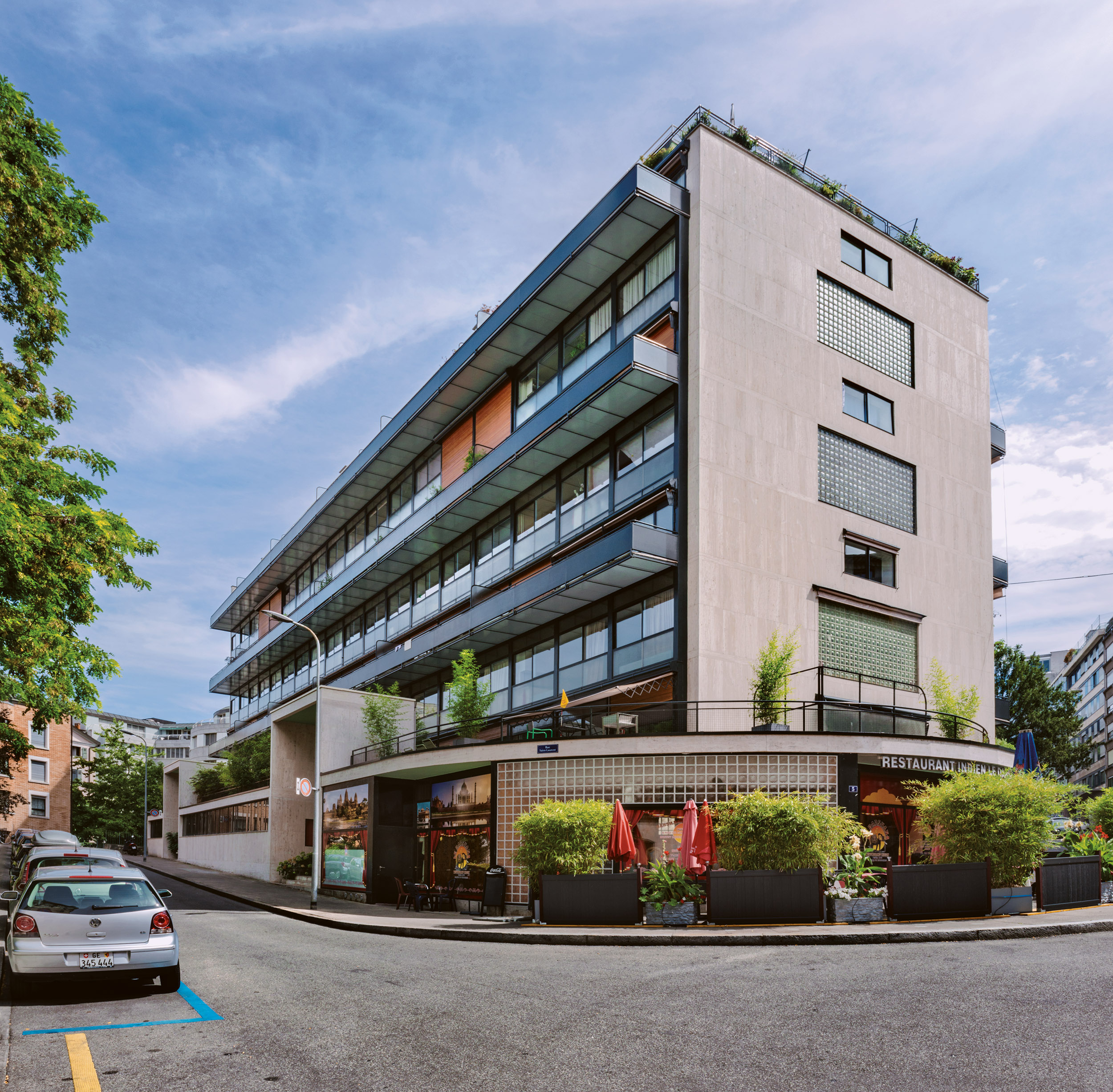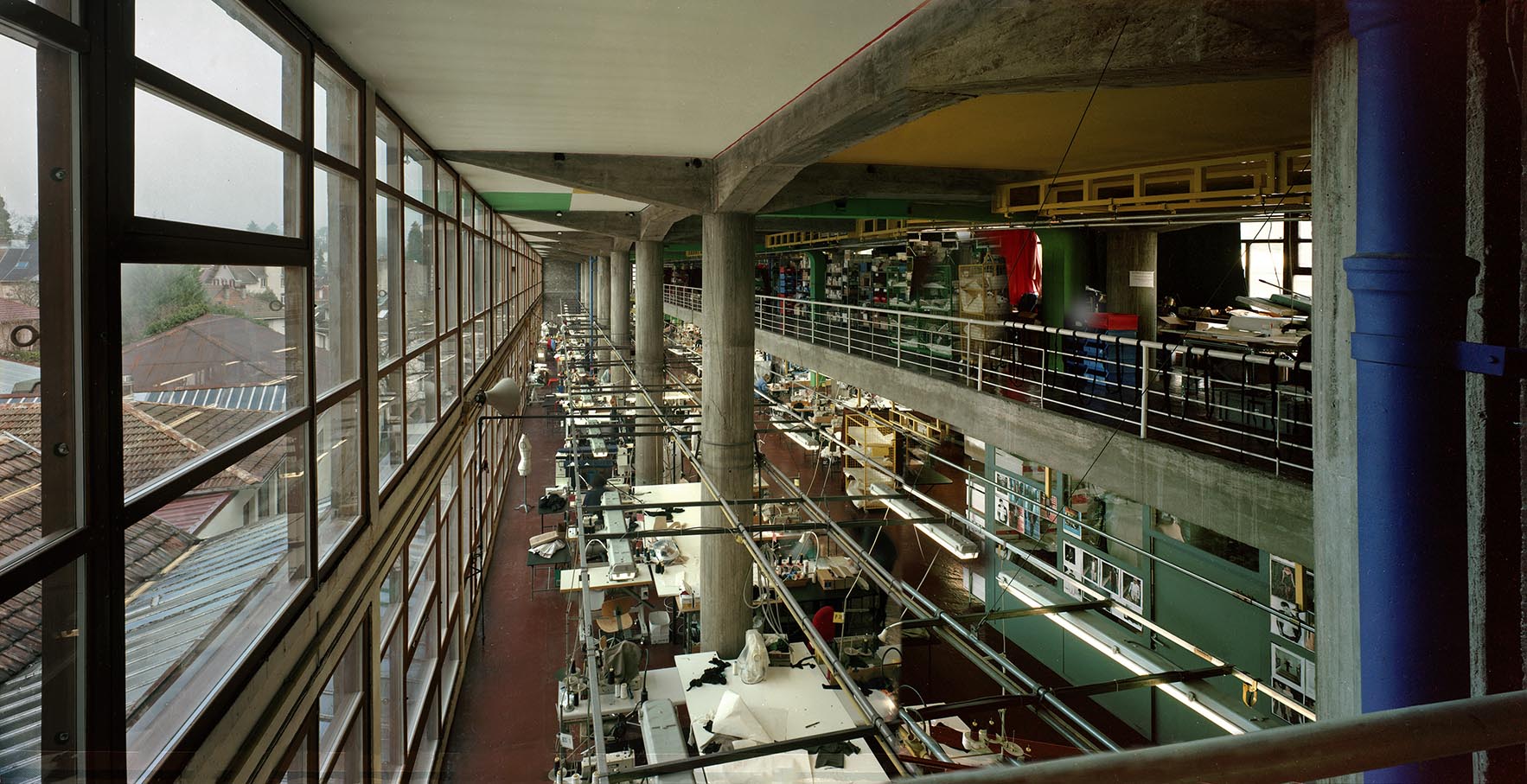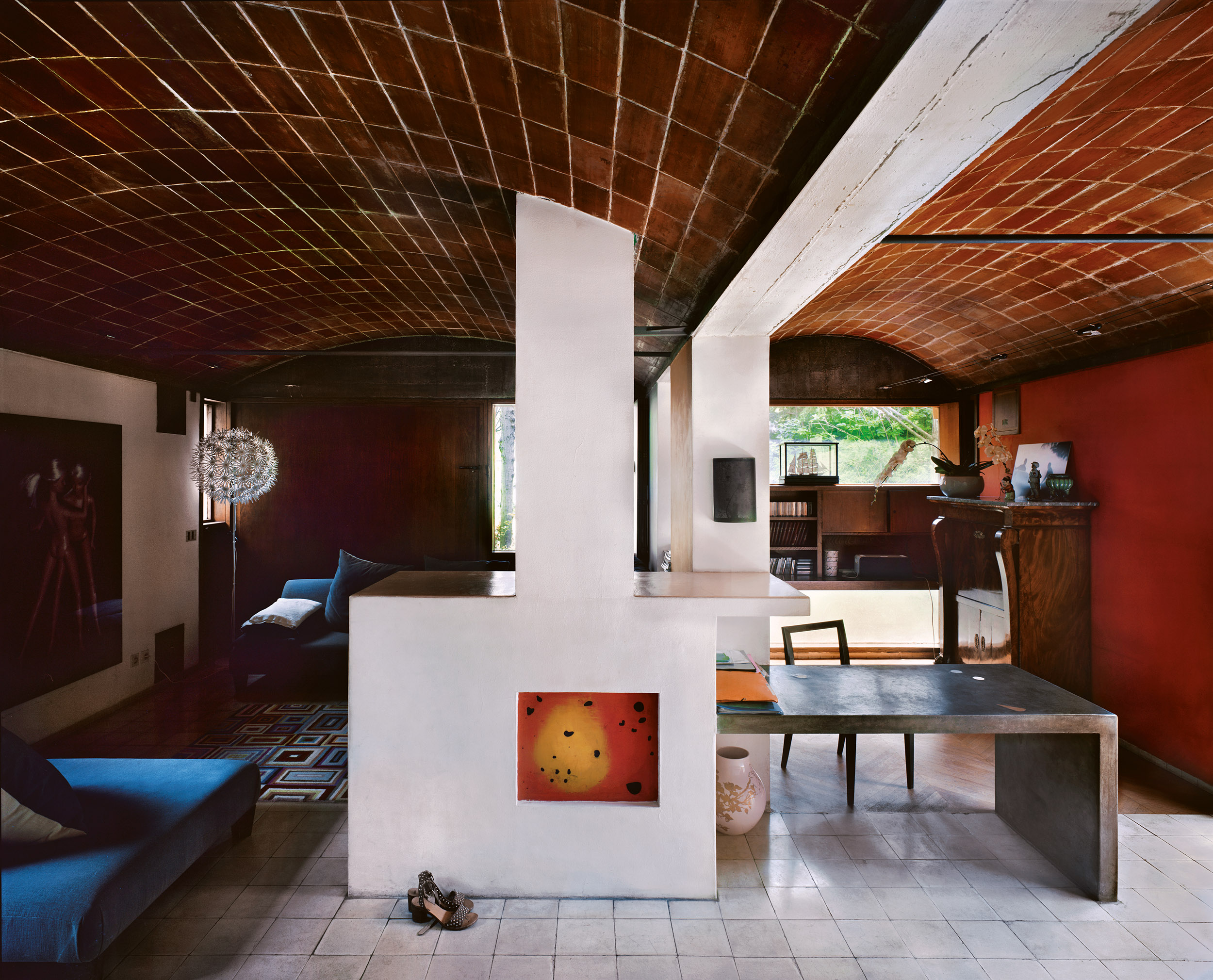Le Corbusier: The Built Work. Photography by Richard Pare. Text by Jean-Louis Cohen (The Monacelli Press).
There are shelf-loads of books by and about Le Corbusier (1887-1965), but none gives a more vivid portrait of his genius than this portfolio of images by Richard Pare and erudite texts by Jean-Louis Cohen. And few explain more clearly the spell he cast on his contemporaries and his influence on successive generations of architects. Richard Meier reinterpreted the purist white villas of the 1920s. The Unité d’Habitation in Marseilles and its siblings were the seeds from which hundreds of postwar housing projects sprang. The sculptural mass of the Ronchamp chapel redefined the course of modernism and his late work in raw concrete was a template for the New Brutalism. He helped shape the world we live in, for better and worse, challenging conventional notions of shelter, churches, museums, workplaces, civic buildings, and urban planning. No modern architect accomplished more or wrote with such passion about his vision.
Videos by VICE
Born Charles-Édouard Jeanneret in the Swiss town of La Chaux-de-Fonds, he traveled—sketchbook in hand—to the Mediterranean, moved to Paris, and renamed himself Le Corbusier in 1920. There he established his architectural atelier at 35 rue de Sèvres, lived in a penthouse atop his first apartment block, and made daring proposals to rebuild the city. He voyaged around the world, leaving his mark on South America, and designing the provincial capital of Chandigarh in India, but realizing only one building in the US—the Carpenter Center for the Visual Arts at Harvard. In his long career, he completed only 75 of the 400 projects he designed, and Pare has photographed 48 survivors, including the inaccessible interior of the Centroysus in Moscow.

The projects are arranged chronologically, starting with traditional Swiss chalets that become increasingly abstract. Following his move to Paris, he designed a studio for artist Amédée Ozenfant, and a house for his parents on Lake Geneva. It is at this point in the book that one fully realizes Pare’s gift for composition and capturing the spirit of place. There is no substitute for engaging a building first hand, but these atmospheric images come close. Space, texture, details, and the patina of age jump off the page. Pare and Cohen explain how the houses of the mid-1920s on are part polemics, part habitable works of art. Ramps introduce the idea of an architectural promenade, slender columns raise the living spaces above the ground, and the flat roof becomes a fifth façade. The Comte de Bestegui commissioned a Parisian penthouse with a roof garden bounded by hedges that could be raised or lowered hydraulically; sadly it vanished long ago.
Like Frank Lloyd Wright, Le Corbusier outdistanced the technology of his day. Roofs leaked, masonry cracked, and clients protested. Cohen identifies the artists and progressives who commissioned these experiments and paid the price. Happily, as Pare’s images show, the best work has been impeccably restored and these daring experiments have become hallowed landmarks. Le Corbusier was a painter as well as an architect, and he devised a color palette that enriched the complex choreography of his interiors. No one should visit Paris without touring the Maisons La Roche et Jeanneret, and making an excursion to the Villa Savoye, all tailored to the desires of affluent clients. But the architect was equally focused on workers’ dwellings—notably the 50 that form the Frugès Quarter in the Pessac district of Bordeaux. Commissioned by the industrialist Henry Frugès, spurned and disfigured by their occupants, the development has been partially restored for more enlightened owners.

Le Corbusier could be abrasive and contemptuous of clients who strayed from the path he proposed. In many ways, he was his own worst enemy, alienating potential supporters, and demanding that users sacrifice comfort and convenience in pursuit of a principle. We can be glad that his proposal to replace the Marais district with a forest of high-rise apartments never gained traction, and many of his other urban schemes are equally iconoclastic. Yet he was as much a victim—of jealous peers and philistine authorities—as a bully. His design for the League of Nations in Geneva was rejected on a technicality, his extraordinary scheme for the Palace of the Soviets was passed over, and his concept for the United Nations complex in New York was hijacked and watered down. He received little recognition in Switzerland or France while he lived, but was buried with honors in Paris and a magnificent funeral oration by André Malraux.
Since his death Le Corbusier has been deified and many of his buildings justify the adulation. Icon is an overworked word, but here it is justified. I’ve been fortunate enough to explore 30 of them, even to stay in a couple, and the experience was deeply moving. This book should inspire every lover of architecture to plan a tour of those that are open to the public, in locations as scattered as La Plata, Argentina; Ahmedabad, India; and Roquebrune-Cap-Martin—where one can see Eileen Gray’s Villa E 1027 alongside Le Corbusier’s Cabanon—before paying respects to his gravesite overlooking the Mediterranean.









More
From VICE
-

CBS/Courtesy of Getty Images -

(Photo by Mick Hutson/Redferns) -

By: Kevin Estrada/Shutterstock -

